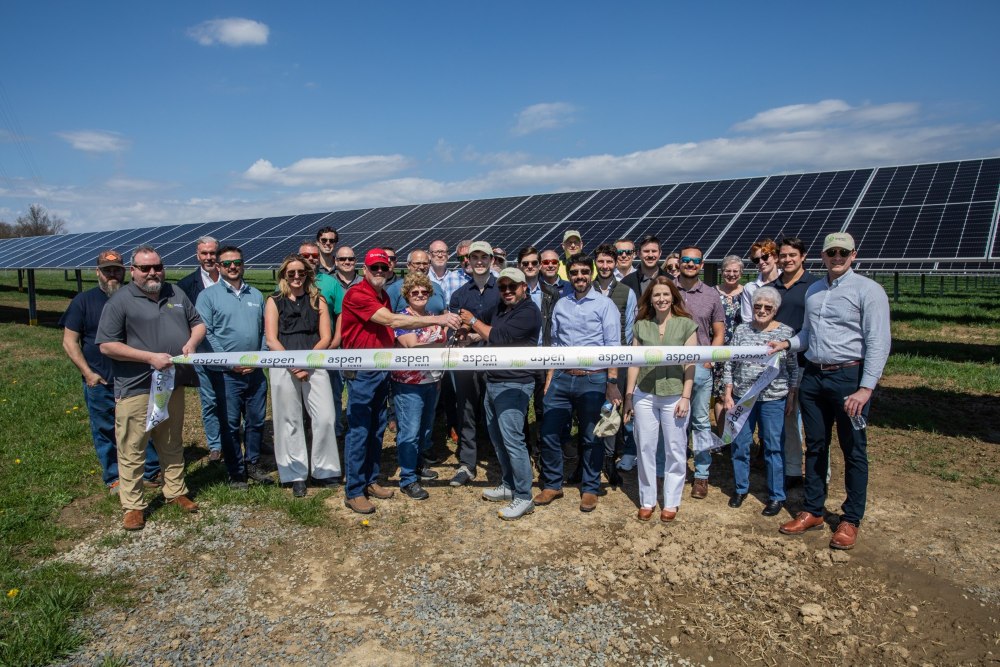How data can shift the energy market to solar

Example from SunLink’s VERTEX platform
The solar community, and the energy industry in general, has not yet realized the potential of data. It seems to be a vague and elusive concept — more sensors, more things to keep track of, more things that can break and more things to buy when reducing cost is paramount. So, what is the value add?
To further complicate matters, as the technology, finance and health industries have shown, big data requires big infrastructure, which necessitates investment. Until a clear energy solution emerges, why investigate the options?
Some sectors of the energy mix may have the luxury of taking such a late-adopter stance, but in solar every competitive advantage is required. There’s no reason to exclusively depend on favorable policy for growth. Market dynamics can be controlled in a more predictable way, namely by leveraging data for system intelligence and creating a secure infrastructure to nimbly improve performance. Such a solution will bring us closer to solar as a baseline power. That reality is possible with an existing technology stack and increased deployment of sensors.
The essential outcome of a data-driven approach is actionable intelligence. Without it, an increase in data increases chaos, a conundrum that seems to currently stymie interest from the solar community. But data is available: sensors exist within inverters, at weather stations, within trackers, along the grid, at homes and in businesses.
Currently, the industry ignores most of that data. But if it’s paired with back-end, scalable infrastructure (Hadoop and Apache Spark, among other technologies) as well as artificial intelligence for rapid, streamlined results (solutions exist from IBM, Amazon, Microsoft, etc.), solar will become a more predictable energy source.
RELATED: Watch this four-minute talk about the convergence of solar and technology
 Here’s how:
Here’s how:
■ The energy and financial models on which projects are based will be informed by historical data and algorithms less prone to exception bias and human error (whether conservative or overly aggressive), thereby improving expectations of power output capacity.
■ Ongoing system performance will be analyzed in real time, pinpointing areas of energy losses and recommending (or automating) improvement. Predictions and control of near term energy output can be synced with demand, particularly as storage comes on line and inverters are increasingly capable of providing grid services. With data, these capabilities can be monetized.
■ Teams will be able to track and control energy as they currently do their financial investments, limited only by their cellular connection.
Investment in solutions such as these is unlikely to come from large energy corporations. They are the incumbents, and the grid is designed to favor them. Innovation is required from the upstarts, which, in the eyes of the energy industry, means solar. But if solar becomes the cheap, dependable energy sources that data intelligence and secure controls make possible, the market will shift — no policy needed.
This great column is from the Jan/Feb Innovations Issue of Solar Builder. If you missed it, sign up for your free subscription today. Print magazine to pass around the office, or a digital version to read wherever you are.




